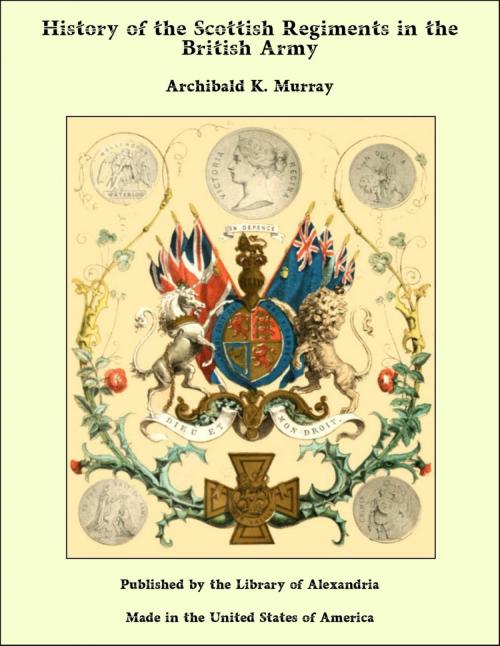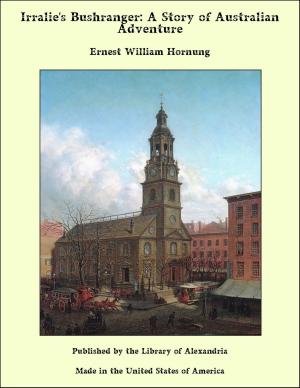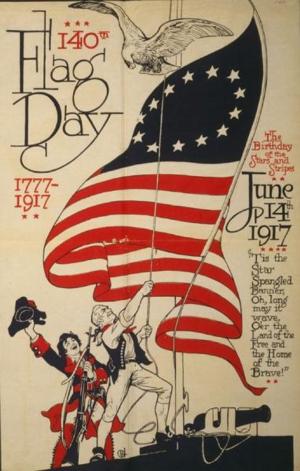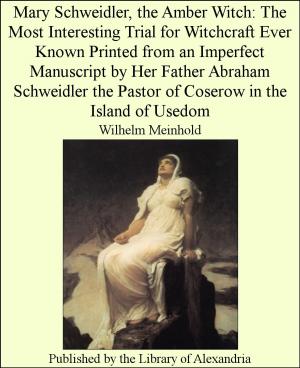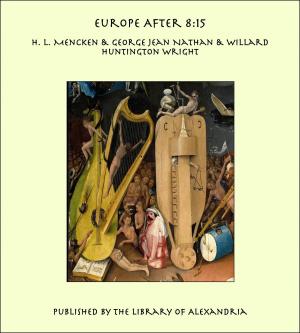History of the Scottish Regiments in the British Army
Nonfiction, Religion & Spirituality, New Age, History, Fiction & Literature| Author: | Archibald K. Murray | ISBN: | 9781465623225 |
| Publisher: | Library of Alexandria | Publication: | March 8, 2015 |
| Imprint: | Language: | English |
| Author: | Archibald K. Murray |
| ISBN: | 9781465623225 |
| Publisher: | Library of Alexandria |
| Publication: | March 8, 2015 |
| Imprint: | |
| Language: | English |
Our last chapter closed the dark record which unhappily clouds the early history of the Royal Scots Dragoons, and it is with pleasure we turn from the record of these unnatural and suicidal wars to narrate the nobler deeds of the regiment on a nobler field. The accession of William, Prince of Orange, to the throne, is not to be regarded merely as the triumph of the Protestant party, but as involving the dawn of freedom to an oppressed people; as the guarantee of liberty of conscience; and as the harbinger of peace, especially to distressed Scotland. In 1694, the Royal Scots Dragoons, accompanied by Cunningham’s Scots Dragoons—now the Seventh (Queen’s Own) Hussars—and associated with the First (Royal English), the Third (King’s Own Hussars), the Fourth (Queen’s Own Hussars), and the Fifth (Royal Irish Lancers) Dragoons, were sent over to the Netherlands against the French. Here they represented the nation with credit, especially at the siege of Namur, until the conclusion of peace, four years afterwards, permitted their return. Unfortunately, the peace was not of long duration, and afforded but a short respite, during which the regiment was remounted on grey horses, as a corps élite. The question of the Spanish succession rousing the ambition of France, the flames of war were again rekindled. Accordingly, in 1702, the regiment was called to maintain the honour of their country on the plains of Holland. The earlier campaigns were chiefly made up with a variety of sieges—Venloo, Ruremonde, Stevenswaert, Liege, Bonn, Huy, Limburg, &c., in all of which the regiment had a part. Lord Hay, afterwards Marquis of Tweeddale, this year (1704) purchased the colonelcy of the regiment. The daring spirit and rising genius of Marlborough, who then commanded the British army, aspiring to something mightier, turning his eye towards Germany, selected a grander field of action—planned a campaign, which, taking Europe by surprise, fell like a thunderbolt upon the foe, and produced the most glorious results. The soldierly bearing of the Royal Scots Dragoons had already attracted the keen eye of the Commander-in-Chief, and won for them this tribute to their fidelity and worth, inasmuch as they were selected to be his own body-guard. They were, moreover, destined to lead the van, or, at all events, to assume a first place in the memorable actions of the campaign. Their firmness and valour helped their great commander to a great renown, as they were honoured to share with him the dangers and the glories of the campaign, and so “win laurels that shall never fade.” Not less brave, although not so favoured, were the gallant troops which accompanied the Royal Scots Dragoons in the marvellous march from the Netherlands to Germany, and who alike contributed to the success of the expedition. These comprised the First (King’s), the Third (Prince of Wales’), the Fifth (Princess Charlotte of Wales’), the Sixth (Carabineers), the Seventh (Princess Royal’s) Dragoon Guards, and the Fifth (Royal Irish Lancers) Dragoons; besides the infantry which followed, including the Foot Guards, the First (Royal Scots), the Third (East Kent Buffs), the Eighth (the King’s), the Tenth (North Lincoln), the Fifteenth (York, East Riding), the Sixteenth (Bedfordshire), the Eighteenth (Royal Irish), the Twenty-first (Royal North British Fusiliers), the Twenty-third (Royal Welsh Fusiliers), the Twenty-fourth (Warwickshire), the Twenty-Sixth (Cameronians), and the Thirty-seventh (North Hampshire) regiments of Foot. Marlborough having successfully accomplished with rapidity and secrecy this masterly manœuvre, and united his army to the Imperialists—hardly allowing the French and Bavarians time to know, far less to recover from their surprise—immediately prepared for action.
Our last chapter closed the dark record which unhappily clouds the early history of the Royal Scots Dragoons, and it is with pleasure we turn from the record of these unnatural and suicidal wars to narrate the nobler deeds of the regiment on a nobler field. The accession of William, Prince of Orange, to the throne, is not to be regarded merely as the triumph of the Protestant party, but as involving the dawn of freedom to an oppressed people; as the guarantee of liberty of conscience; and as the harbinger of peace, especially to distressed Scotland. In 1694, the Royal Scots Dragoons, accompanied by Cunningham’s Scots Dragoons—now the Seventh (Queen’s Own) Hussars—and associated with the First (Royal English), the Third (King’s Own Hussars), the Fourth (Queen’s Own Hussars), and the Fifth (Royal Irish Lancers) Dragoons, were sent over to the Netherlands against the French. Here they represented the nation with credit, especially at the siege of Namur, until the conclusion of peace, four years afterwards, permitted their return. Unfortunately, the peace was not of long duration, and afforded but a short respite, during which the regiment was remounted on grey horses, as a corps élite. The question of the Spanish succession rousing the ambition of France, the flames of war were again rekindled. Accordingly, in 1702, the regiment was called to maintain the honour of their country on the plains of Holland. The earlier campaigns were chiefly made up with a variety of sieges—Venloo, Ruremonde, Stevenswaert, Liege, Bonn, Huy, Limburg, &c., in all of which the regiment had a part. Lord Hay, afterwards Marquis of Tweeddale, this year (1704) purchased the colonelcy of the regiment. The daring spirit and rising genius of Marlborough, who then commanded the British army, aspiring to something mightier, turning his eye towards Germany, selected a grander field of action—planned a campaign, which, taking Europe by surprise, fell like a thunderbolt upon the foe, and produced the most glorious results. The soldierly bearing of the Royal Scots Dragoons had already attracted the keen eye of the Commander-in-Chief, and won for them this tribute to their fidelity and worth, inasmuch as they were selected to be his own body-guard. They were, moreover, destined to lead the van, or, at all events, to assume a first place in the memorable actions of the campaign. Their firmness and valour helped their great commander to a great renown, as they were honoured to share with him the dangers and the glories of the campaign, and so “win laurels that shall never fade.” Not less brave, although not so favoured, were the gallant troops which accompanied the Royal Scots Dragoons in the marvellous march from the Netherlands to Germany, and who alike contributed to the success of the expedition. These comprised the First (King’s), the Third (Prince of Wales’), the Fifth (Princess Charlotte of Wales’), the Sixth (Carabineers), the Seventh (Princess Royal’s) Dragoon Guards, and the Fifth (Royal Irish Lancers) Dragoons; besides the infantry which followed, including the Foot Guards, the First (Royal Scots), the Third (East Kent Buffs), the Eighth (the King’s), the Tenth (North Lincoln), the Fifteenth (York, East Riding), the Sixteenth (Bedfordshire), the Eighteenth (Royal Irish), the Twenty-first (Royal North British Fusiliers), the Twenty-third (Royal Welsh Fusiliers), the Twenty-fourth (Warwickshire), the Twenty-Sixth (Cameronians), and the Thirty-seventh (North Hampshire) regiments of Foot. Marlborough having successfully accomplished with rapidity and secrecy this masterly manœuvre, and united his army to the Imperialists—hardly allowing the French and Bavarians time to know, far less to recover from their surprise—immediately prepared for action.
